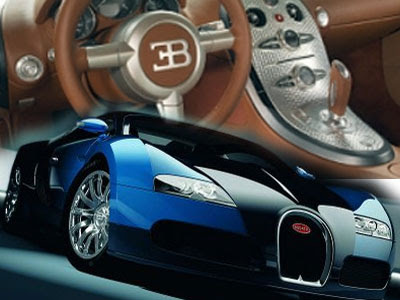
modern car, classic car, future car, sport car, elegant car, modification car, concept car
Friday, April 13, 2012
Lexus LFA Super Sport Car
LEXUS LF-A Roadster
2010 Ford Mustang Cobra Jet
Mercedes C63 AMG Performance Package Plus

Mercedes C63 AMG Performance Package Plus
Mercedes C63 AMG Performance Package Plus brings both performance and visual enhancements for both the saloon and estate models. The Mercedes C63 AMG Performance Package Plus offer a power increase of 22 kW/30 hp.
Reduced inertia boosts the agility and responsiveness of the uprated V8 engine, which is recognisable from the variable intake manifold painted in titanium grey. New engine management completes the powertrain measures in the Performance Package Plus for the Mercedes C63 AMG.
Enhanced driving dynamics ex factory for the Mercedes-Benz C 63 AMG: the new Performance Package Plus is an attractive optional extra that is designed to appeal to the power-hungry sports driver. The PerformancePackage Plus increases output by 22 kW/30 hp to 358 kW/487 hp. As a result, the C-Class approaches the level of performance offered by C-Class DTM vehicles, which deliver 377 kW/500 hp. The Performance Package Plus is available for the saloon and estate models and includes an AMG high-performance braking system featuring technology on the front axle, a carbon fiber spoiler lip (saloon) and an AMG performance steering wheel in nappa leather/Alcantara.
The Mercedes C63 AMG Performance Package Plus price is €7080.50 for the sedan model and €6426 for the estate.
Toyota Hybrid X

The show car fits clearly within Toyota’s environmental strategy of offering sustainable mobility for modern families.
It has the dimensions of a conventional family car with an overall length of 4,500mm and wheelbase of 2,800mm. The width is 1,850mm and height 1,440mm.
It proposes unconventional creative solutions that will potentially become the signature points of a specific hybrid identity.
Hybrid X features a futuristic body shape that is dominated by two ‘U’ shapes created by the upper glass frame area and the unconventional A and C pillars.
Viewed from above, this gives the impression of a large X – hence the name of the concept, Hybrid X.
Dynamic hints of driving performance are provided by the customised 20-inch alloy wheels with ultra-low profile225/40 R20 tyres.
LED headlamps are integrated into the dashboard and are now part of the interior of the car and can communicate information such as safety distances, acceleration and braking to other drivers and pedestrians.
The driver can set the ambience within the car, controlling sight, sound, touch and even smell.
A drive-by-wire steering pad features a central screen to relay information to the driver about the energy flow path, fuel consumption and gear position.
Space-saving seats are formed using injected foam techniques, which create comfort while reducing weight.
The two independent rear seats can swivel by 12 degrees to allow passengers to enjoy the scenery or conversation.
Aston Martin DB-ONE

Ruben Vela, based in Spain designer The Aston Martin DB-ONE concept,product of independent.
The body surfaces of the DB-ONE highlight all the power emanating from the proposed 550 horsepower, 6.0 litre, V12 engine even when static. "Cars aren't static objects, so I belive it's important to show dynamism in the design. And this is much more important when you are designing a super-sports car," says Vela.
The rear of the Aston Martin DB-ONE concept is extremely clean due to the small gap in the tail which hides the taillights and a rear diffuser provides a neat finish to the design.
Although the Aston Martin DB-ONE is an independent design created outside the company and exists only on a computer and as a scale model, Aston Martin's new owners, Prodrive, could certainly take note of a few styling ideas introduced by Vela on the DB-ONE concept.
Wednesday, April 11, 2012
Porsche 9FF GT9

Stranded somewhere between a racing car and everyday transport,the interior of the GT9 is, it has to be said, eye cancer material. Fatthauer's genial wife decided on the race suit-style dash and door trimmings and it makes you wonder what their house is like. Luckily it's a bespoke car, so the owners will get their choice of interior and it's hard to imagine anyone demanding this one. Still, it comes with a real stereo, passenger airbag and more, transplanted deftly from the interior of a 911, and Porsche owners will recognise most of the components on display - from the ignition slot right through to the handbrake and indicator stalks.
Veyron Bugatti
Subscribe to:
Comments (Atom)







